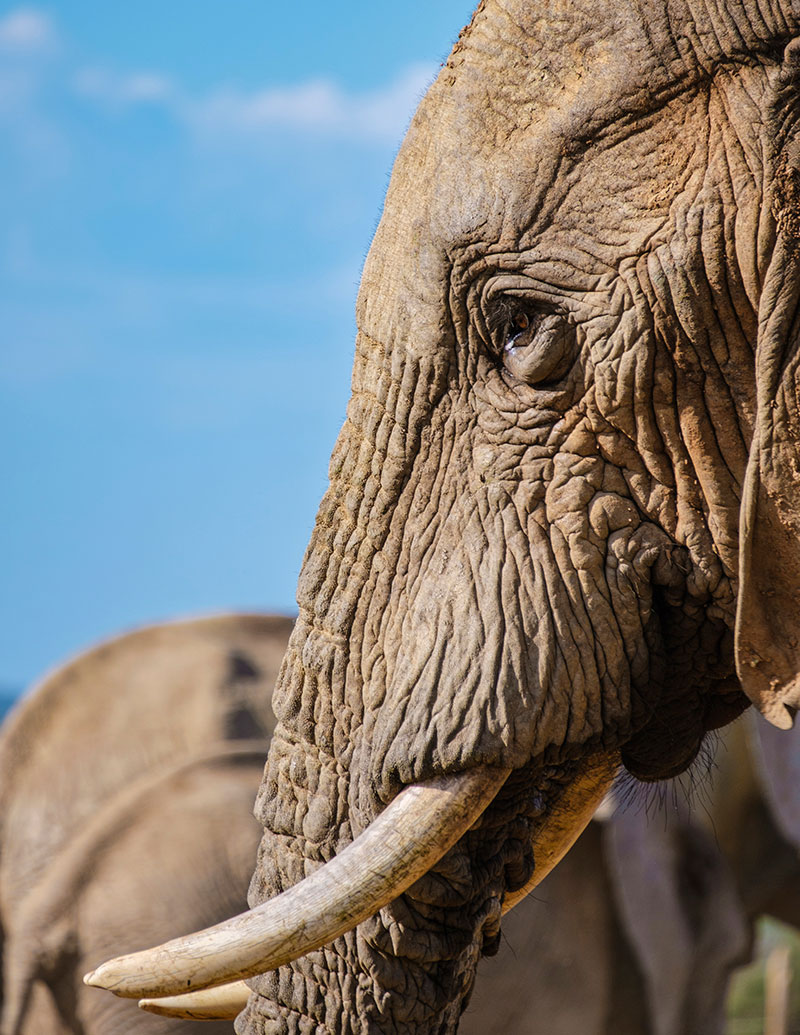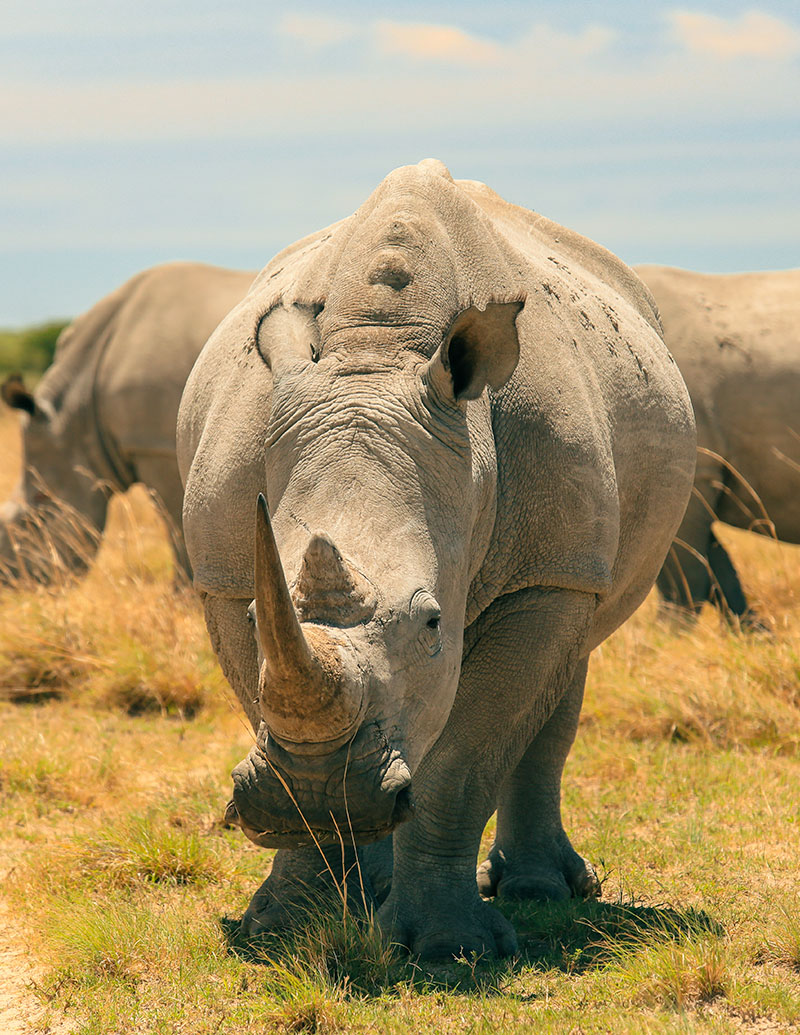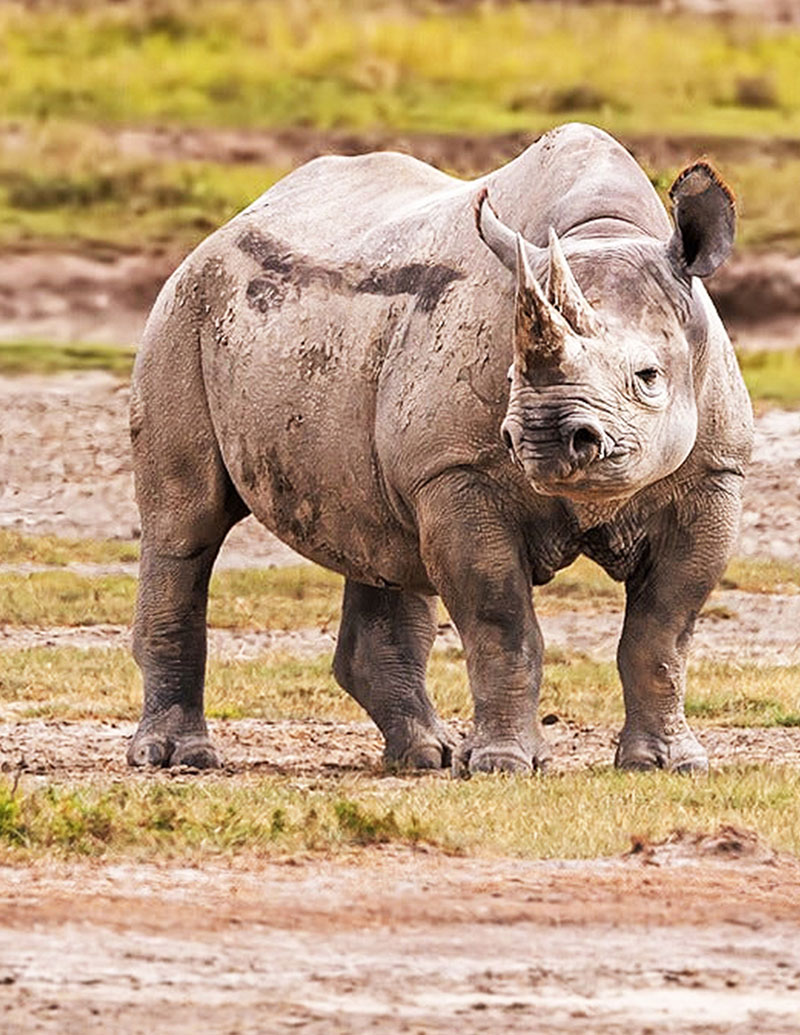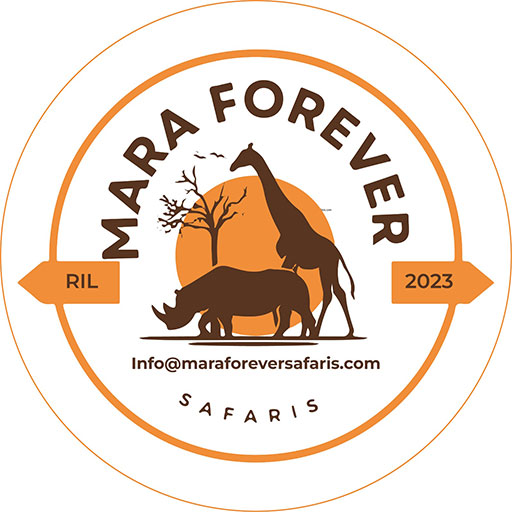About Us
At Mara Forever Safaris, we are not just offering a trip, but a transformative adventure that fosters a deeper appreciation for wildlife and the diverse cultures of East Africa. Let us help you create memories that will last a lifetime.

Why Choose Mara Forever Safaris?
At Mara Forever Safaris, our team is more than just drivers and guides—they are passionate custodians of East Africa’s wildlife and cultural heritage. Whether you’re tracking lions in the Serengeti or birdwatching at Uganda’s national parks, our team ensures a seamless, safe, and unforgettable experience.
What Sets Us Apart:
- Experienced, local guides with deep knowledge of East Africa’s wildlife
- Customizable packages tailored to your interests
- 24/7 customer support throughout your journey
- A commitment to responsible travel and conservation
ESG & Rhino Conservation Efforts
At Mara Forever Safaris, sustainability is at the heart of everything we do. Our commitment to environmental, social, and governance (ESG) principles is demonstrated through our rhino conservation initiatives and community education programs across East Africa.
Rhino Conservation:
East Africa is home to critically endangered rhinos, with major conservation efforts underway in Kenya, Tanzania, and Uganda. We support rhino conservation by partnering with local conservancies, such as Ol Pejeta in Kenya, where anti-poaching measures are in place to protect these majestic creatures. Our rhino-tracking tours offer guests a chance to witness conservation efforts firsthand, while contributing to ongoing protection programs.
Community Education:
We believe in empowering local communities through education. Our community outreach initiatives focus on educating local populations about the importance of wildlife conservation and the long-term benefits of sustainable tourism. By working closely with schools and community leaders, we aim to create a future where conservation is part of everyday life.
Join us in preserving East Africa’s natural heritage—book your safari today and be part of the solution!


FAQs
When is the best time to visit Maasai Mara?
The best time to visit Maasai Mara is from July to October during the Great Migration when millions of wildebeest and zebras cross into Kenya from the Serengeti. However, the Mara is a year-round destination with excellent wildlife viewing opportunities throughout the year.
Do I need vaccinations before traveling to East Africa?
Yes, for East African countries like Kenya, Tanzania, Uganda, and Rwanda, it’s recommended to have vaccinations for yellow fever, hepatitis A and B, typhoid, and others depending on your region. Malaria prophylaxis is also advisable. Check with your doctor for specific health requirements for each country.
What type of vehicles are used on safaris?
We use 4×4 Land Cruisers and customized safari vans, depending on the terrain and your preferences. Both vehicles are equipped with pop-up roofs for superior wildlife viewing and photography.
What should I pack for a safari in East Africa?
Essential items include light, breathable clothing, sturdy walking shoes, a hat, sunscreen, insect repellent, and a good pair of binoculars. Don’t forget your camera for capturing unforgettable moments. Evenings can be cooler, so bring a jacket or sweater.
Is it safe to travel in East Africa?
Yes, East Africa is generally safe for tourists, particularly in national parks and major tourist areas. We take extra precautions to ensure your safety, including working with experienced guides and drivers, and adhering to all safety regulations.
Can I witness the Great Migration in Tanzania as well?
Yes, the Great Migration is visible in the Serengeti National Park in Tanzania, primarily between April and June. This spectacle, along with Mara River crossings, can be observed from both the Tanzanian and Kenyan sides of the migration route.
What are the options for accommodation?
We offer a range of accommodation options, from luxury lodges and tented camps to more affordable mid-range lodges and budget camping experiences. All accommodations are carefully selected for comfort, location, and excellent service.
Is gorilla trekking strenuous?
Yes, gorilla trekking can be challenging as it often involves hiking through dense forests and uneven terrain. However, the experience is highly rewarding. Treks can range from 1 to 4 hours depending on the location of the gorillas.
What is the best time for gorilla trekking in Rwanda or Uganda?
The best time for gorilla trekking is during the dry seasons—between June to September and December to February—when the trails are less muddy, making it easier to hike through the forest.
What wildlife can I expect to see in Uganda’s Queen Elizabeth National Park?
Queen Elizabeth National Park is famous for its tree-climbing lions, elephants, buffaloes, hippos, and over 600 bird species. A boat cruise along the Kazinga Channel offers fantastic wildlife viewing, including crocodiles and various aquatic birds.
Can children join the safaris?
Yes, our safaris are family-friendly. However, for activities like gorilla trekking, there are age restrictions (15 years and above). We can arrange customized safaris to suit families with young children.
Meet Our Team
Jackson Koshal
Senior Safari Guide and Driver
Specialty: Big Five tracking, Maasai Mara expert
Languages: English, Kiswahili, Maasai
Favorite Moment: Witnessing the Great Migration from a hot air balloon.
Dalton Saitoti
Safari Guide and Driver
Specialty: Rhino conservation, Nakuru National Park
Languages: English, Kiswahili, Maasai
Favorite Moment: Spotting black rhinos during a dawn game drive at Lake Nakuru.
Cynthia Ngure
Safari Agent
Specialty: Maasai Mara and Serengeti safari.
Languages: English, Kiswahili, Kikuyu
Favorite Moment: Leading guests on a walking safari to see rare African wild dogs.
